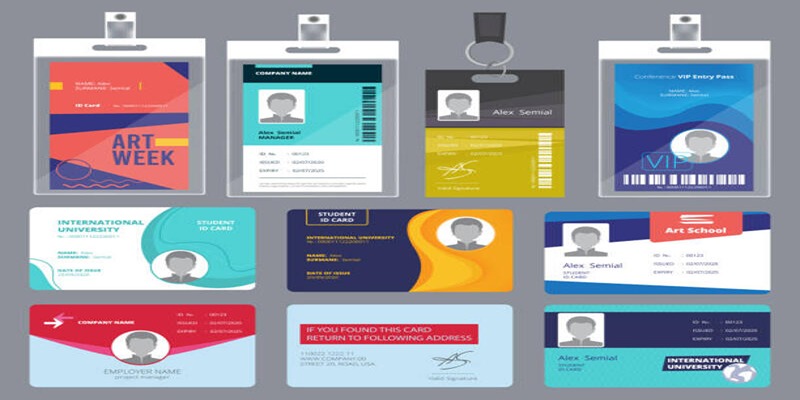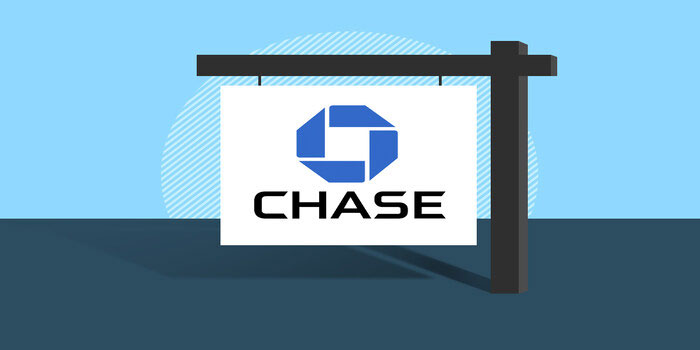After paying taxes and necessary expenses like a mortgage or rent, utilities, school loans, or credit card obligations, an individual or family is said to have "discretionary income." This is the income available for the person or household to invest, save, or spend. The term "discretionary income" refers to a subset of the more general term "disposable income," As a result, the two income categories have certain commonalities.
However, there is a significant distinction between the two: disposable income does not consider the cost of essentials. Simply put, it is the amount of money left over after taxes that you have available to spend on things that aren't necessary.
Discretionary Income Considerations for Student Loans
If you have any student loan debt, it will enable you to take advantage of federal student loan options such as income-based repayment plans if you are aware of the influence of your discretionary income on that debt. The federal government provides four different plans depending on one's income, each with certain minimum criteria for one's discretionary income. Your monthly payment on your student loans will often be lower under these programs than it would be under a regular plan. They provide a less expensive alternative, and the amount of savings depends on the size of the family as well as the income. To qualify for these income-based repayment programs that the federal government offers, you must satisfy several criteria.
REPAYE Plan
This plan considers the amount of money you have available to spend on anything you choose, enabling you to contribute around ten percent of your income toward paying down your student debts.
PAYE Plan
The PAYE plan deducts an amount equivalent to ten percent of your discretionary income (that is, income earned after taxes). Still, this amount is never higher than the regular 10-year payback plan.
IBR Plan
If you are a new borrower on or after July 1, 2014, you are eligible for this plan, which will allocate 10% of your discretionary income toward its costs. You will not be charged more than the amount specified for the 10-year standard payback plan. This is quite similar to the PAYE plan. If you are a new borrower on or after July 1, 2014, the amount will increase to 15%, although it will always be within the usual 10-year payback schedule.

How to Calculate Your Discretionary Income
When determining your income from your discretionary spending:
- Start with your "disposable income," which is the amount available after deducting all of your taxes.
- Next, you will need to list all the essentials you now pay for, including your rent or mortgage, your food, your loans, and your auto payments.
- Remember to consider any taxes that may need to be paid in the future.
- Your discretionary income is the amount of money you have left over after you have paid for everything on that list, and it may be used for saving, spending, or investing.
How to Grow Disposable and Discretionary Income
Earning more money is the simplest and most direct way to boost your disposable income and your discretionary spending. Although getting a raise, finding a job that pays more, or doing additional jobs might be helpful, these options are not always accessible to people. You may take a different approach if you have the same income: to look for methods to reduce the amount of tax you owe. However, in this case, you might need the assistance of an accountant.
You should also reduce the amount of money you spend—by switching to store brands or generic versions of products rather than name brands. Over time, reducing your use of utilities by opening the windows instead of turning on the air conditioner or lowering the temperature on your thermostat or hot water heater will add to significant savings. Discovering cost-saving opportunities is one of the most straightforward methods to boost the amount of money you have accessible.
Finally, make an effort to pay off your obligations as fast as possible, prioritizing the ones with the highest interest rates. For example, the interest you pay on credit cards may quickly eat into your money in your bank account at the end of each month. In the short term, paying off existing debt amounts may reduce your discretionary income; however, in the long run, this move will result in increased income.
Examples
After paying your taxes and other necessary costs, the money that remains in your bank account is your discretionary income. Your wage, social security check, or any other income you make might contribute to your discretionary income. Traveling out to dinner and a movie, purchasing tickets to a performance, or going on vacation are all potential applications of this service.





